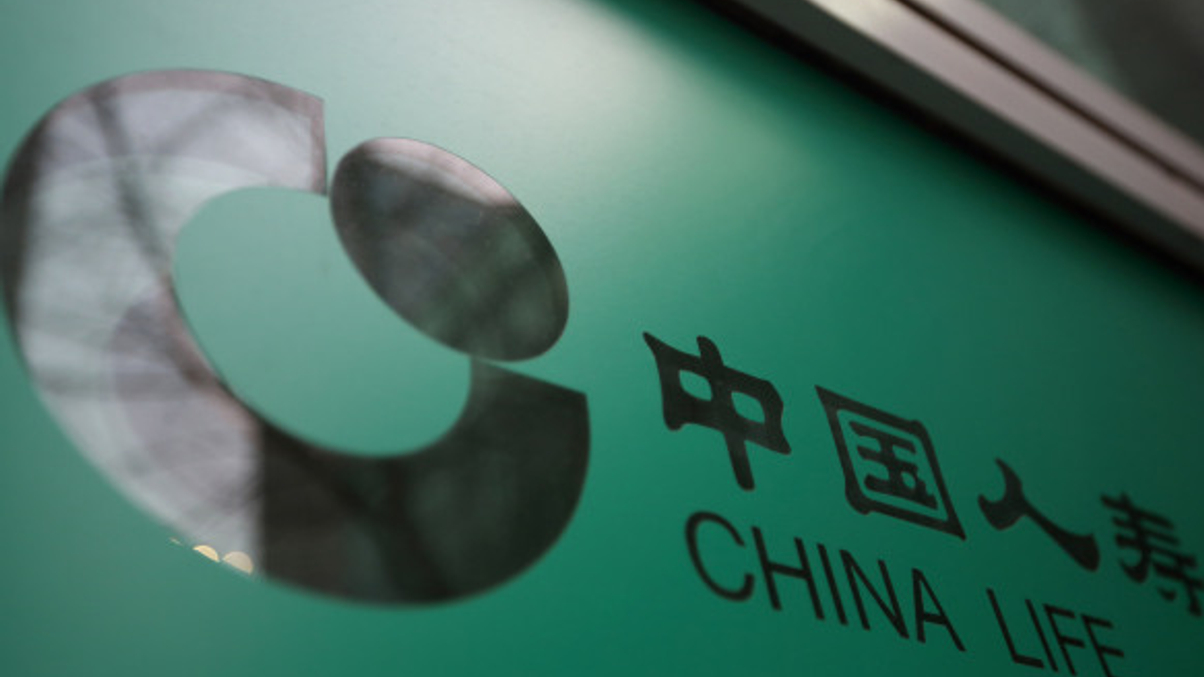China Life’s new tie-up with Manulife AM explained
A landmark investment partnership between the biggest mainland life insurer and Canada's Manulife Asset Management looks likely to herald more such deals.

China Life has signed an investment partnership with Manulife Asset Management that underscores mainland insurers' hunger for foreign private-market assets and expertise, and looks likely to herald more such deals.
Sign In to Your Account
Access Exclusive AsianInvestor Content!
Please sign in to your subscription to unlock full access to our premium AI resources.
Free Registration & 7-Day Trial
Register now to enjoy a 7-day free trial—no registration fees required. Click the link to get started.
Note: This free trial is a one-time offer.
¬ Haymarket Media Limited. All rights reserved.


